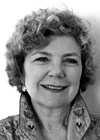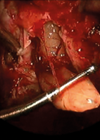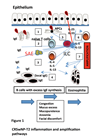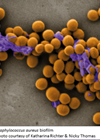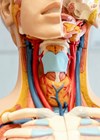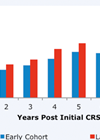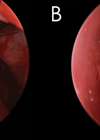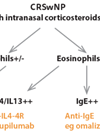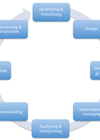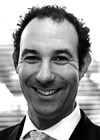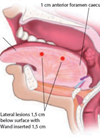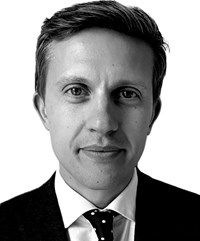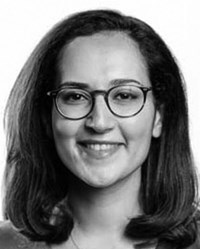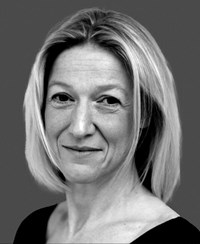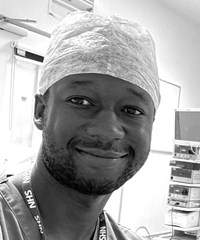ENT features
What’s happened since the European position paper on nose and sinus tumours?
The management of malignant sinonasal tumours has gone through radical changes in recent years. Prof Valerie Lund gives us an update based on her upcoming talk at IFOS. In 2010 when we published the European position paper on ‘endoscopic management...
Rhinology: what does the future hold?
David Kennedy surveys the past, the present and the future of rhinology practice and research. An evolution of understanding in rhinology The dramatic growth of clinical and translational research within the field of rhinology in recent years is illustrated by...
Chronic rhinosinusitis management: back to the future?
Immunology is a dim and distant medical school memory to many ENT surgeons, but the increasingly complex immunology of chronic rhinosinusitis is fascinating (honestly!). Medical management options in CRS no longer just involves saline and steroids, and we need to...
Staphylococcus aureus as a cause of refractory chronic rhinosinusitis
Staphylococcus aureus has long been linked to chronic rhinosinusitis, particularly recalcitrant cases. In this article, Alkis Psaltis describes how newer techniques have shown higher rates of S. aureus infection than were previously thought, and explains how the bacteria are able...
The role of macrolide antibiotics in chronic rhinosinusitis
The use of long-term antibiotics in the treatment of chronic rhinosinusitis is a contentious issue, not only because of the increasing problem with antibiotic resistance but also because of the potential cardiac risks, including sudden death. In this article, Anders...
Timing of surgery in chronic rhinosinusitis: does it matter?
While many patients with chronic rhinosinusitis respond to medical treatment, some do not. The next step for these patients is surgery, but how soon should this be offered? Sooner rather than later seems to be the answer, as Claire Hopkins...
The common frontal sinusotomy (Lothrop) and chronic rhinosinusitis
As our understanding of the pathophysiology of CRS evolves, so do our treatment strategies. It is accepted that in many cases, the main role of surgery is to allow better penetration of topical therapies to the sinus cavities. What, then,...
Recalcitrant chronic rhinosinusitis: What to do next?
Whilst the majority of patients with chronic rhinosinusitis (CRS) will significantly improve with treatment, we are sometimes left with a ‘hard-core’ of nasal cripples who fail to improve despite our best efforts. How can we deal with these patients? Valerie...
Facial pain: the differential diagnosis in an ENT clinic
The patient presenting with facial pain can be a heartsink. Fear not – Bhaskar Ram and Sangeeta Maini are here with a succinct overview of the common non-sinogenic causes of facial pain and headache, and how to manage them. Facial...
Patient and public involvement in research
One step further from involving patients in setting research priorities is to involve them in the planning and recruitment stages of the subsequent trials and studies. Here, Carl Philpott and Aneeka Degun explain the concept of Patient and Public Involvement...
Surgical management of sleep disordered breathing
Snoring and sleep-disordered breathing are often described as multi-level problems, and different surgical procedures are required to treat the various sites of airway narrowing and/or collapse. Jonathan Hobson gives us an eloquent run-through the various options available to the ENT...
Coblation tongue channelling
After uvulopalatoplasty, the tendency is to focus on the tongue base as the next anatomical area to address in the management of snoring and sleep-disordered breathing. In this article, Glen Burgess describes the technique of tongue channelling, to reduce the...


